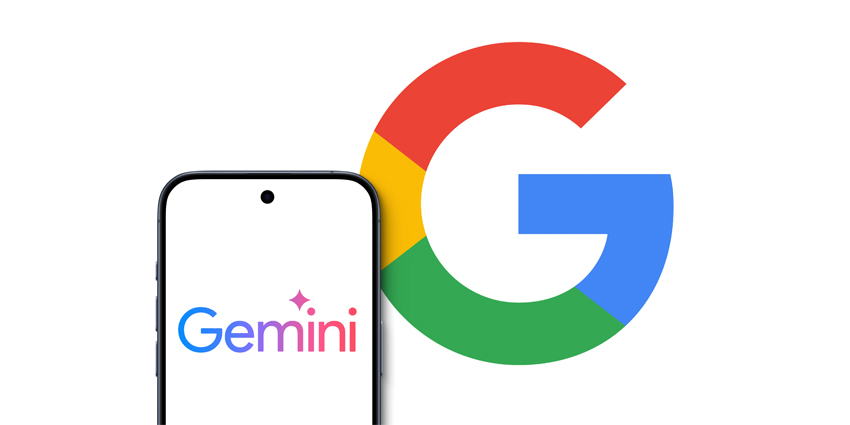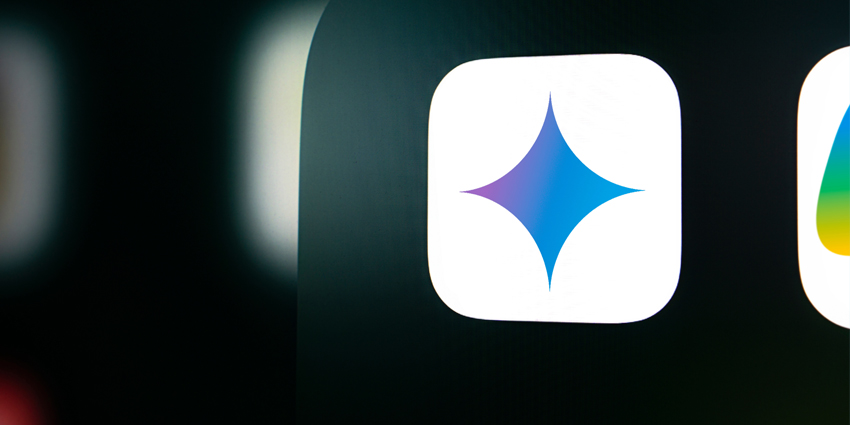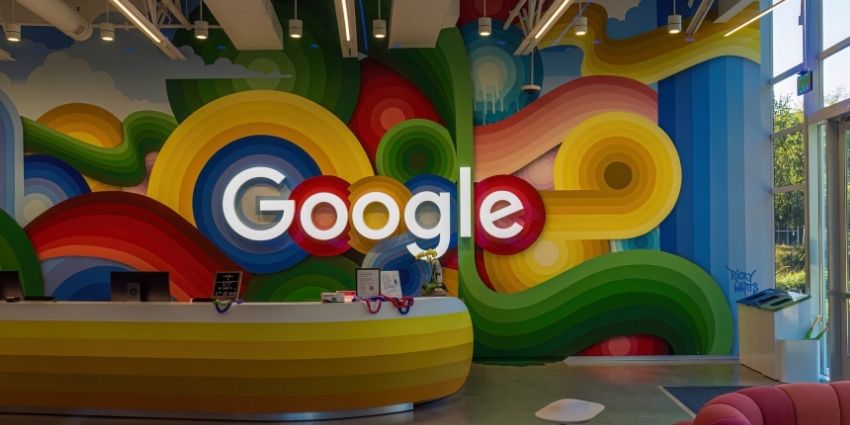You’ve bit the bullet and rolled out a new AI initiative for your enterprise. Congratulations, that’s excellent news. But the work isn’t over yet. It’s just beginning. Without a strategic approach to AI optimization, you’re setting yourself up to clash with the “AI implementation plateau”.
In other words, you might start strong, get some early wins, and even keep stakeholders happy with some impressive metrics. But after a while, things start to level off. Your models aren’t evolving, people stop using the tools as much (or start replacing them with their own), and eventually, you’re left wondering what went wrong.
It’s a common issue. McKinsey found that 92% of companies are planning on increasing their AI investment going forward, but only 1% think they’re implementation strategy is mature. That means companies are spending more on new tech, without making the most of what they already have.
Rather than just chasing the next big thing month after month, here are some of the clear signs that show you should be focusing on optimizing or upgrading your existing assets.
Sign 1: Performance Metrics are Dropping
Think of your AI model or tool as a team member (they’re quickly stepping into that role anyway). Is it the employee you’d reward for constantly taking initiative, proactively solving problems, and driving innovation? Or is it the one you’d accuse of quiet quitting and making endless mistakes?
If you think it’s the latter, then you’re probably dealing with the issue of “model drift”. Like people, AI models only get better over time if you’re actually investing in them with training, fine-tuning and new data. If you’re not, they’re going to stagnate and lag behind.
Look at your AI performance metrics. Are response times sluggish when they used to be lightning fast? How accurate are the responses, and how often does the system make mistakes? How much are you spending on computing power just to maintain momentum?
Remember, around 91% of machine learning models degrade over time. The world changes, data shifts, and if you’re not investing in AI optimization, your model becomes increasingly outdated. AI model tracking tools can give you a behind-the-scenes look at exactly what your AI tools are excelling at, and where they’re starting to fall behind.
Sign 2: Your AI Models Don’t Support New Use Cases
As AI solutions become more sophisticated, enterprises are finding more use cases that benefit from an extra dose of intelligence. You might have started off implementing a tool that helps you generate content for marketing teams. But over time, you’ll notice opportunities to use AI to boost customer service, support IT teams, or enhance security.
The problems start when your existing AI model can’t handle those new tasks. Not every model can adapt to new requirements instantly. Sometimes, you’ll need to invest in AI optimization techniques like knowledge distillation or quantization to prepare a model for a new use case.
Other times, you’ll need to upgrade. If you started off using a basic ChatGPT model to create text, but now you want to produce videos and images, you’ll need to consider a new version. You might even decide to build your own custom GPT, with a customizable solution like Microsoft Copilot Studio.
Make sure your solutions can scale with new use cases as they arise, otherwise you’re going to end up with a complicated network of “point solution” bots.
Sign 3: Costs are Rising without AI Optimization
Implementing AI, and AI optimization both cost money. That’s particularly true now that computing and energy costs are creeping up worldwide. Spending more on AI isn’t necessarily a problem – unless you’re not getting more value in return.
The truth is, unoptimized models can waste a lot of resources. They might be processing too much unnecessary data (which means you need to start pruning). Or they may be following clunky workflows that aren’t as efficient as they should be.
AI optimization is how you make sure your models are accomplishing as much as possible, with as little as they can get their virtual hands on. With a little help, you could even find ways to improve the ROI of your models significantly, by integrating them with more tools, or using different machine learning methods.
Think of it this way, every extra dollar you spend on AI should come back to you (with a bonus). If it isn’t, then that means it’s time to change something.
Sign 4: User Adoption Challenges and Negative Feedback
Just because your stakeholders are thrilled with your new AI solutions, doesn’t mean all of your employees will be. Adoption rates can dwindle quickly, particularly if employees feel like your tools are too difficult to use, or that they’re going to end up replacing them.
One study even found that around 42% of enterprise leaders think that AI tools are tearing teams apart. They’re causing rifts in workflows and disengagement because companies aren’t investing enough time into AI optimization and change management.
If you notice your employees aren’t using your tools as much as they did before – or worse, they’re switching to alternatives behind the scenes, it’s time to take action. Start with empathy. Listen to your teams and ask for their genuine feedback. Figure out what they’re struggling with, and what they want to change. Make them an active part of your AI implementation strategy.
If employees feel like they’re actively shaping how they’re going to use AI, they’ll be a lot more comfortable with it in the long-term.
Sign 5: Your Competitors Are Lapping You
There are few things worse than watching your competitors overtake you, after you think you’ve implemented some of the best AI solutions around. Maybe you even started off implementing the exact same tools, but now they’re getting better results.
Your competitors are suddenly cutting customer service costs by 40%, launching hyper-personalized campaigns, and earning more market share. Meanwhile, you’re still figuring out how to embed AI into more of your workflows.
This is a clear sign that the competition is investing in AI optimization, while you’re sitting idle. Remember that effective AI adoption isn’t a one-and-done task. If you’re not constantly exploring, piloting new strategies and scaling, someone else is.
Compare your KPIs (the ones you set when you implemented AI initially) to industry benchmarks regularly to ensure you’re staying at the top of the stack.
Taking Your First Steps Towards AI Optimization
If you’ve already noticed any of these signs, or multiple, don’t panic. You’re not necessarily failing at AI adoption; you need a tune-up. AI optimization isn’t an optional side quest. It’s the key to making sure you’re actually getting value out of your tech.
Start with a quick audit. Find out whether your AI is giving you the results you expected, whether it’s still performing as well as it did on day one, and whether your people are actually using it. Check out what’s new in the market, and consider where you can evolve. Should you be exploring agentic AI, multimodal LLMs, or self-optimizing systems?
Don’t fall into the trap of thinking that now that AI is in the enterprise, your job is done. Take a proactive, consistent approach to upgrading your results.
Looking for more guidance? Check out our ultimate guide to maximizing AI investments here. Alternatively, find out how you can measure AI optimization ROI and prove the benefits to your stakeholders in our enterprise playbook.








